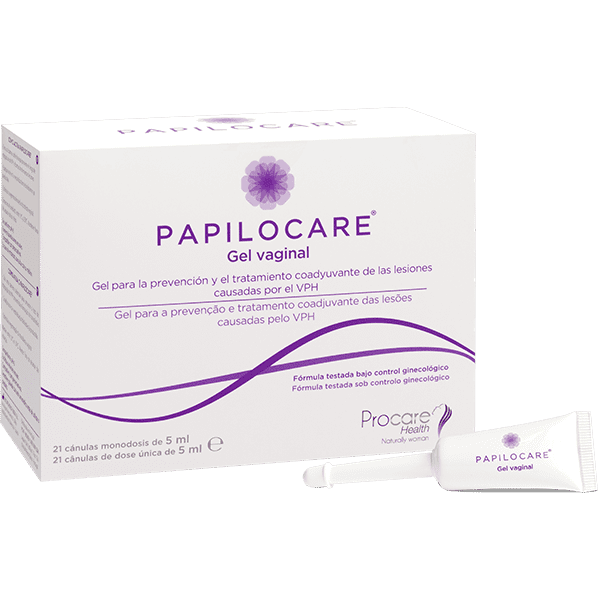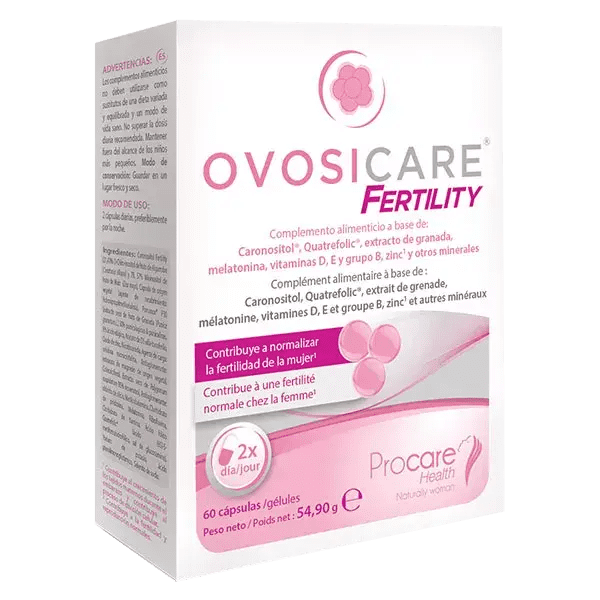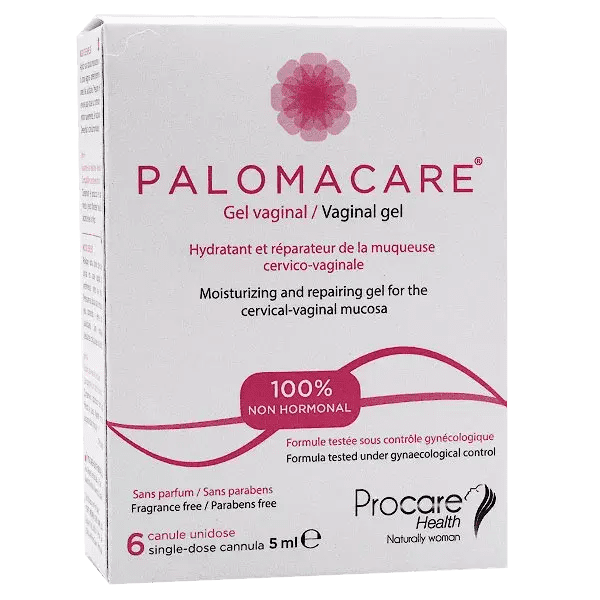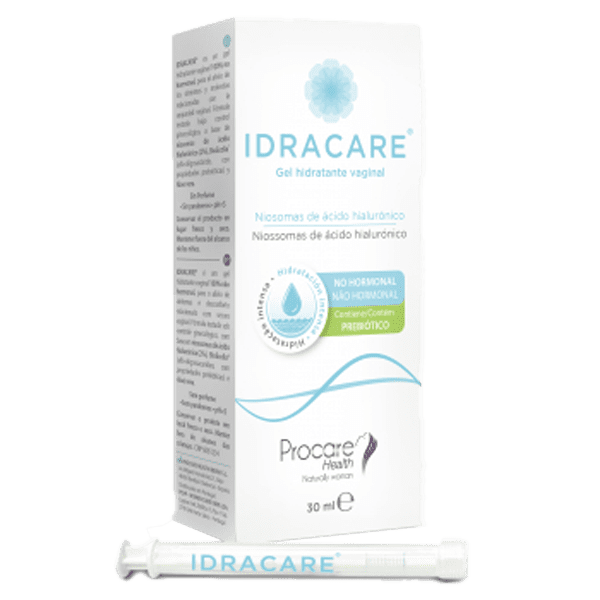Here are some of the natural medicines that our products are made of. Broadly speaking these consist of: plants, mushrooms/fungi, probiotic (beneficial bacteria), prebiotic (nutrients for beneficial bacteria and fungi) and natural chemicals. Some of these ingredients are processed so that they can be directly taken up by our body.
Aloe Vera
Clinical research suggests that topical application of an aloe may improve acne, speed up burn healing, pain from burns and help people with herpes simplex, lichen planus, or psoriasis.
Alpha-glucan oligosaccharide
Bioecolia®
Bioecolia® is an alpha-glucan oligosaccharide obtained from vegetable substrates using an enzyme. Its structure enables a faster and more efficient use of glucose by beneficial microorganisms, improving microbiota balance.
Carob
Centella Asiatica
Citric Acid
-enhancing the bioavailability of minerals, allowing for better absorption
-killing bacteria and virus
-supporting wound healing
Coriolus Versicolor
Coriolus versicolor is a mushroom of the Basidiomycetes class. It is used in traditional Chinese medicine as a tonic, and studies suggest that it has immunostimulant and antitumor properties.
Damiana
In Central and South America, Damiana is traditionally used as an aphrodisiaic, it has an aromatase inhibitor effect
which can lead to an increase in free testosterone. Some data suggest that Damiana has mild anti-depression, sedative and antioxidant effect.
Folate/ folic acid
Humans cannot produce folate and must get it from our diet or supplement. Many supplements contain folic acid, which is a synthetic form of the vitamin. However, it is biologically inactive and needs to be converted into a form called 5-methyltetrahydrofolate (5-MTHFR) to play the beneficial role in DNA and red cell production. Natural folate available in food also needs to go through the digestion to be reduced to 5-methyltetrahydrofolate.
An enzyme called methylenetetrahydrofolate reductase (MTHFR) drives the digestion of folic acid and folate. However, 30-60% of Western population have defective MTHFR due to genetic mutations and cannot produce sufficient amount of 5-MTHFR, the essential biochemical.
5-MTHFR is now commercially available under the brand name of Quatrefolic® (see Quatrefolic®)
Ginkgo
Ginkgo facilitates blood flow and has a relaxing effect on smooth muscles, an important process for the sexual response in women. In men, there is some evidence that Ginkgo alleviates erectile dysfunction.
In addition, Ginkgo improves mental acuity and it contains flavonoids and terpenoids, which are antioxidants that protect cells from oxidative damage and may contribute to cardiovascular health.
Hop
Humulus lupulus is a potent phytoestrogen with favourable effects on vasomotor symptoms (e.g., hot flushes), mental and emotional stress symptoms, and improvement in sleep quality.
Hyaluronic Acid
Hyaluronic acid has a key role in throughout the would repair process including tissue regeneration, inflammation response and angiogenesis.
Lactobacillus
Lactobacillus species are a significant component of human microbiota in a number of body sites including stomach, intestine and vagina. Lactobacillus forms biofilms that protect the host against pathogens while feeding on the nutrients provided by the host. As a probiotic Lactobacillus can help treat diarrhea, vaginal infections and skin disorders .
Lactobacillus acidophilus and L. casei are particularly popular as probiotic. In small clinical studies, L. crispatus, L. gasseri, and L. rhamnosus have shown effect against human papillomavirus (HPV) when taken orally.
Lactobacillus crispatus
Lactobacillus. gasseri
Lactobacillus rhamnosus
A small study found that applying to vagina over a period 6 months led to higher HPV clearance rate and lower rate of abnormal cell development. In a separate study , oral intake of Lactobacillus rhamnosus and Lactobacillus reuteri ‘may have decreased the rates of mildly abnormal and unsatisfactory cervical smears’.
Neem
Since thousands of years ago, Asians have used Neem for healing. Today, the best-established and most widely recognized uses are based on its merits as a general antiseptic. Neem preparations are reportedly efficacious against a variety of skin diseases, septic sores, and infected burns. The leaves, applied in the form of poultices or decoctions, are also recommended for boils, ulcers, and eczema. The oil is used for skin diseases such as scrofula, indolent ulcers, and ringworm. Neem is thought to have antibacterial, antiviral and antifungal as well as tissue repair properties.
Nisome
Phytosomes
Pomanox®
Pomegranate
Quatrefolic®
Reishi
In a small randomised study , patients whose oral swab tested positive for HPV-16 or 18 were given G. lucidum and Trametes versicolor. After two months of treatment, 88% of patients in the treatment group achieved eradication of HPV-16 and HPV-18 while in the control group the rate was 5% (p<0.001).
Trigonella
Trigonella, commonly known as fenugreek, can help increase testosterone levels and improve sexual function in men, which may be beneficial for those with low testosterone. In women, fenugreek has been used to improve desire and arousal by increasing free testosterone concentration. It can also alleviate menstrual cramps and discomfort. Its anti-inflammatory and muscle-relaxing effects are believed to contribute to this benefit.
Disclaimer: Information on this website is provided for informational purposes only and not intended as a substitute for the advice provided by your physician or other healthcare professional. You should not use the information on this website for diagnosing or treating a health problem or disease, or prescribing any medication or other treatment. For medical advice, diagnosis and prescription, please consult a healthcare professional. More Information >
Disclaimer: Information on this website is provided for informational purposes only and not intended as a substitute for the advice provided by your physician or other healthcare professional. You should not use the information on this website for diagnosing or treating a health problem or disease, or prescribing any medication or other treatment. For medical advice, diagnosis and prescription, please consult a healthcare professional.
© LivBio Limited 2024 All Rights Reserved.











